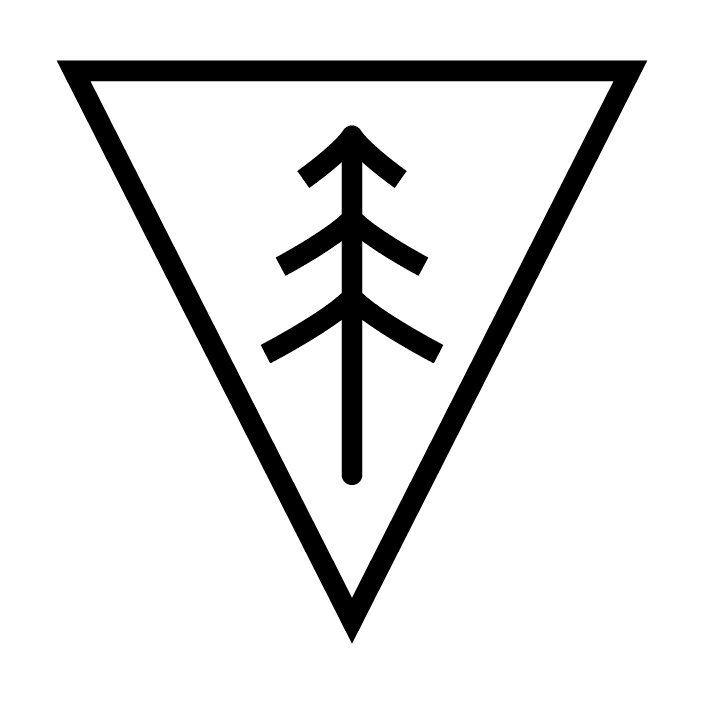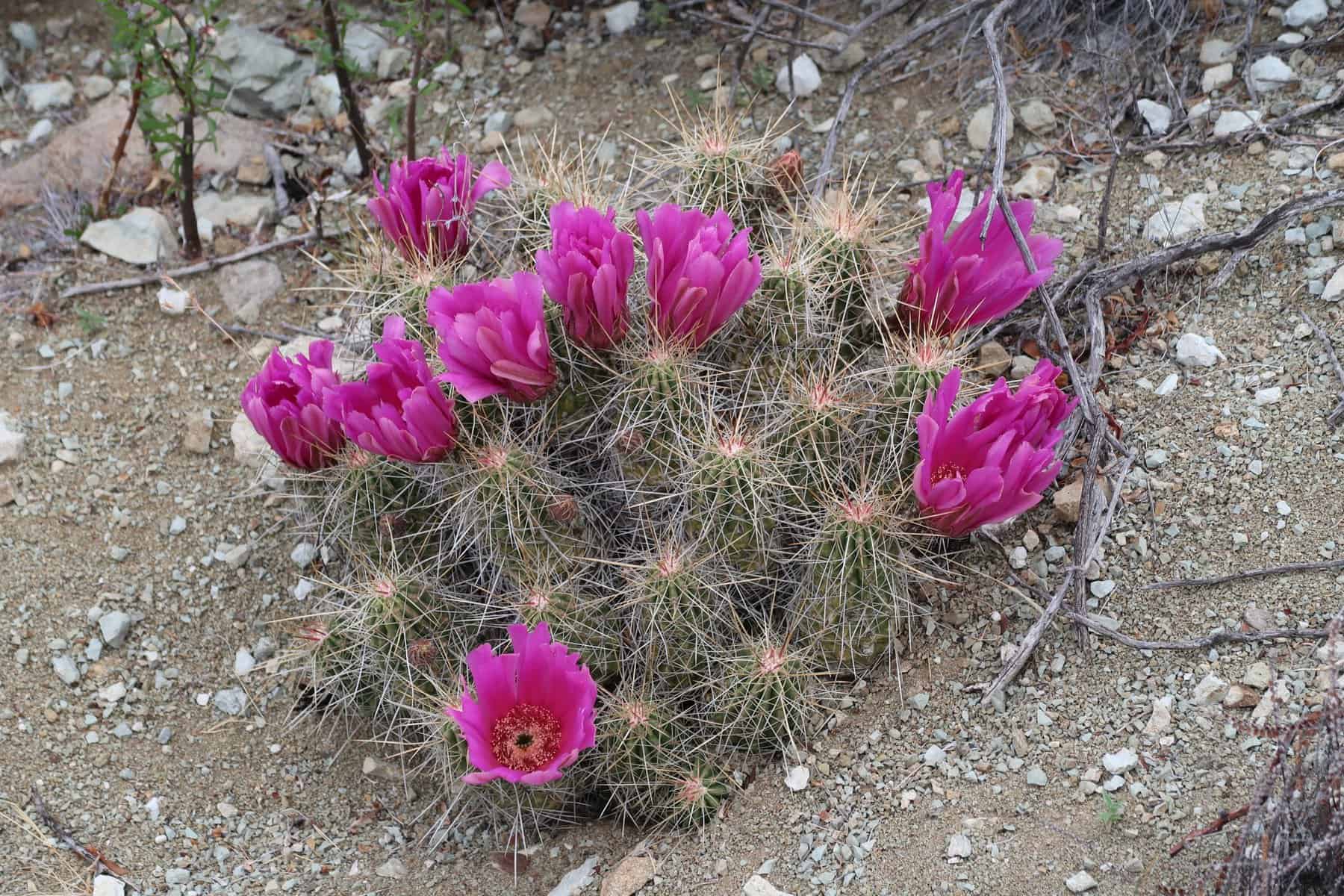It’s no secret that we love Big Bend! In fact, I think it is a requirement for anyone living in Texas to pledge their love for this special national park. But the truth is, who couldn’t fall in love with the grandeur of Santa Elena Canyon or the fascinating and tough-as-nails people that made their homes in that rugged region?
So, we travel south several times a year to reconnect and offer respect to the wildlife, the wild life, and to the park herself! To us, the best time to visit Big Bend National Park is December. Below, we’ll show you why!
Where is Big Bend National Park
It is important to understand the climate of Big Bend. She runs proudly along the northern banks of the Rio Grande River.
This southwestern portion of Texas is considered “high desert.” Elevations in Big Bend National Park range from around 1,800′ at the river to almost 8,000′ in the Chisos Mountains.
Big Bend is in the Chihuahuan Desert. Did you know that this desert is considered the most diverse desert in the western hemisphere? It boasts natural habitats of over twenty percent of the world’s cactus species!
Within this special desert also exists the Chisos Mountains. This entire mountain range is located within the boundaries of Big Bend National Park, and many park lovers consider Chisos Basin their favorite park hub!
Given this special geography, we can better understand the climate of this special place in Texas.
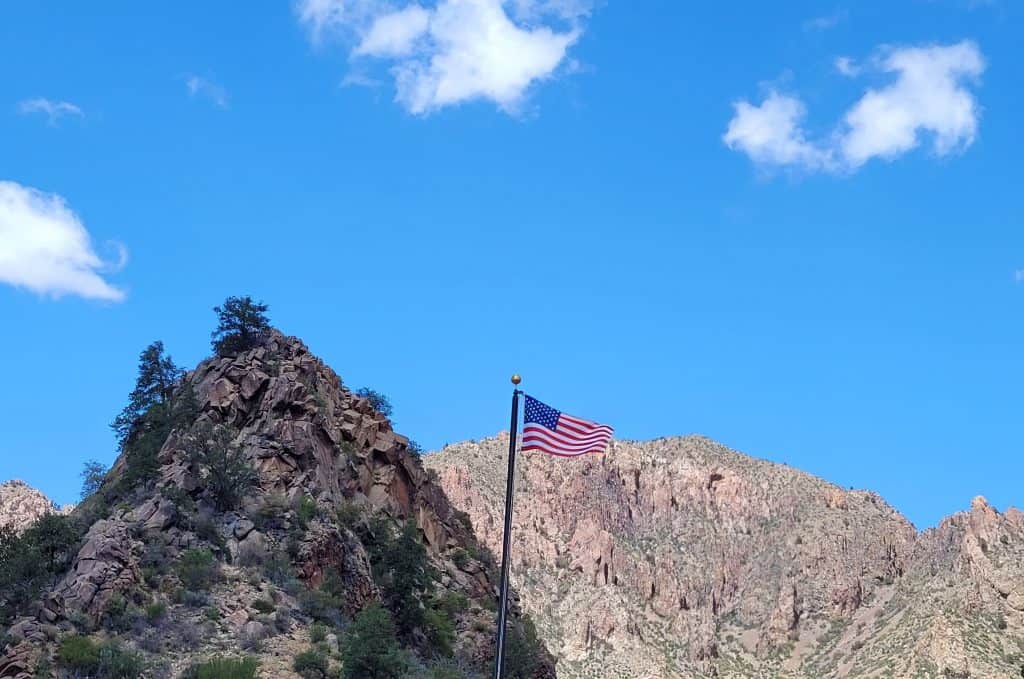
Monthly Temperatures and Rainfall in Big Bend National Park
It is important to remember that elevations within the park vary around 6000 feet. Thus, temperatures in the Chisos Mountains, up at the Basin, are often around ten degrees cooler than temperatures at the lower desert elevations.
Thus, if you visit Big Bend, and you are struggling with the temperatures in one section of the park, there is often some reprieve in another section!
Big Bend National Park in January
In January, average temperatures in Big Bend National Park range from around 40 degree lows to around 58 degree highs. Rainfall is around half-an-inch during January. This is the coldest month of the year, and it is a favorite month for tourists to visit this park.
Big Bend National Park in February
February is slightly warmer in Big Bend National Park. Lows are in the lower 40s, and highs are in the low 60s. Rainfall is similar to January. Do note that many of the cold weather systems in Texas do move across the state in February, so you will want to plan for snow and extreme temperature swings.
Big Bend National Park in March
With March comes spring break season in Texas! Big Bend is one of Texas’s most popular spring break destinations. The park often becomes so busy in March that the road up to Chisos Basin closes to traffic. If you prefer to visit during this month, you will want to make any accommodation or camping reservations as far in advance as possible.
Temperatures in March average from 48 degree lows up to 70 degree highs. Rain is sparse in March with averages under 0.5 inches.
Big Bend National Park in April
April is the real turning point at Big Bend National Park. The beginning of April is often cool and comfortable with temperature averages ranging from lows of 55 degrees to highs of 77 degrees. Rain averages hover around 0.6 inches.
Aside from warm daily hiking weather and cool evening breezes, April offers two other features in the park. First, it is wildflower season! There are few flowers in the world that can compete with the vibrant, stunning blooms of desert flowers.
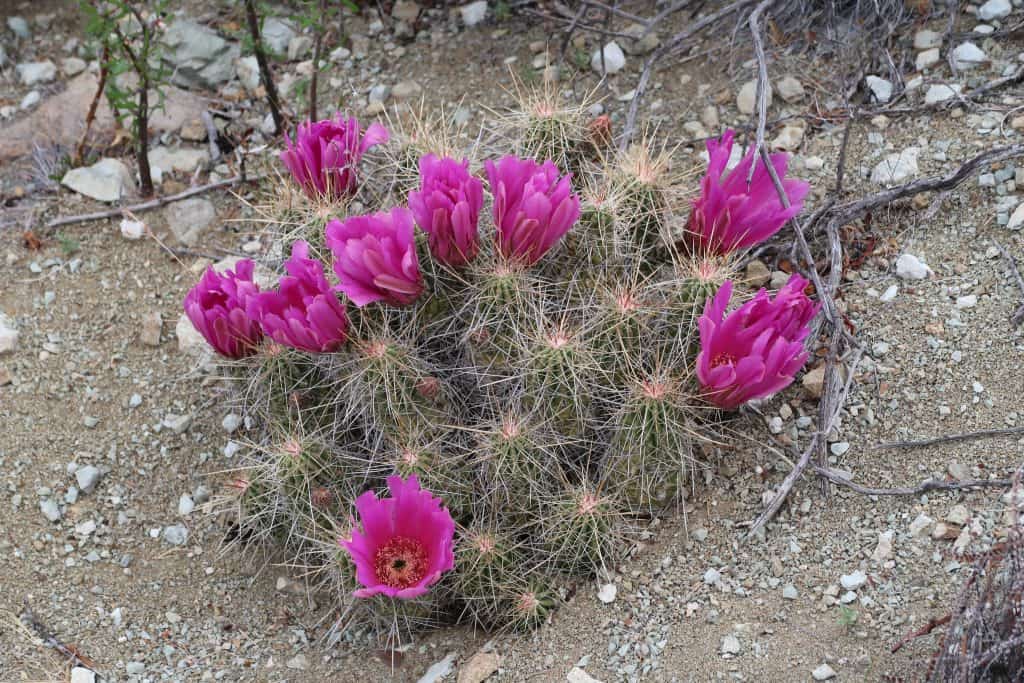
If you’re really lucky, you may just catch an April “superbloom!” This occurs every five-or-so years when the park has experienced an unusually rainy season, and years worth of dormant seeds suddenly have the resources to grow and bloom.
However, along with the floral display of April, you will encounter rattlesnakes. To be fair, rattlesnakes are common in Big Bend any time of year; however, spring in Texas is often recognized as “snake season.”
Given the number of rattlers we have seen in Big Bend during April, we recommend that you hike with children during cooler months of the year. Alternatively, avoiding the lower desert hikes during April can curb your snake encounters.
Read and watch more about rattlesnakes in Big Bend and appropriate precautions to take.
Big Bend National Park in May
In May, temperatures range from lows in the low 60s to highs in the low-to-mid 80s. Rainfall jumps up to just over 1.5 inches during May.
Big Bend National Park in June
June temperatures range from lows around 66 degrees to highs around 87 degrees. Rainfall continues to increase to around 2.3 inches during the month of June.
Big Bend National Park in July
In July, temperatures range from lows around 66 degrees to highs around 85 degrees. Rainfall continues to increase to 3.4 average inches during July.
Big Bend National Park in August
August temperatures range from lows around 65 degrees to highs around 84 degrees. August is also, on average, the wettest month of the year in Big Bend National Park with rainfall around 3.6 inches.
Big Bend National Park in September
In September, temperatures in Big Bend start to cool slightly with lows around 61 degrees and highs around 79 degrees. Rainfall decreases to an average of 2.8 inches.
Big Bend National Park in October
October is another beautiful month to enjoy Big Bend. Average daily temperatures are around 55-75 degrees, and rainfall slows to around 1.6 inches.
Big Bend National Park in November
In November, temperatures average around 46 degrees for the nightly lows and 65 degrees for the daily highs. It is often dry with average rains of only 0.7 inches.
Another special note about November in Big Bend is that the famous Terlingua Chili Cookoff is held annually on the first weekend of this month! Terlingua, one of Big Bend’s gateway towns, is full of character any time of year, but the cookoff brings its own special breed of characters and cuisine!
Big Bend National Park in December
December is another favorite month to visit this park. You can comfortably enjoy all areas of the park with lower snake danger (though caution is always necessary.) Average daily temperatures are 40 nights with 60 degrees daytime highs. Rain averages around half-an-inch.
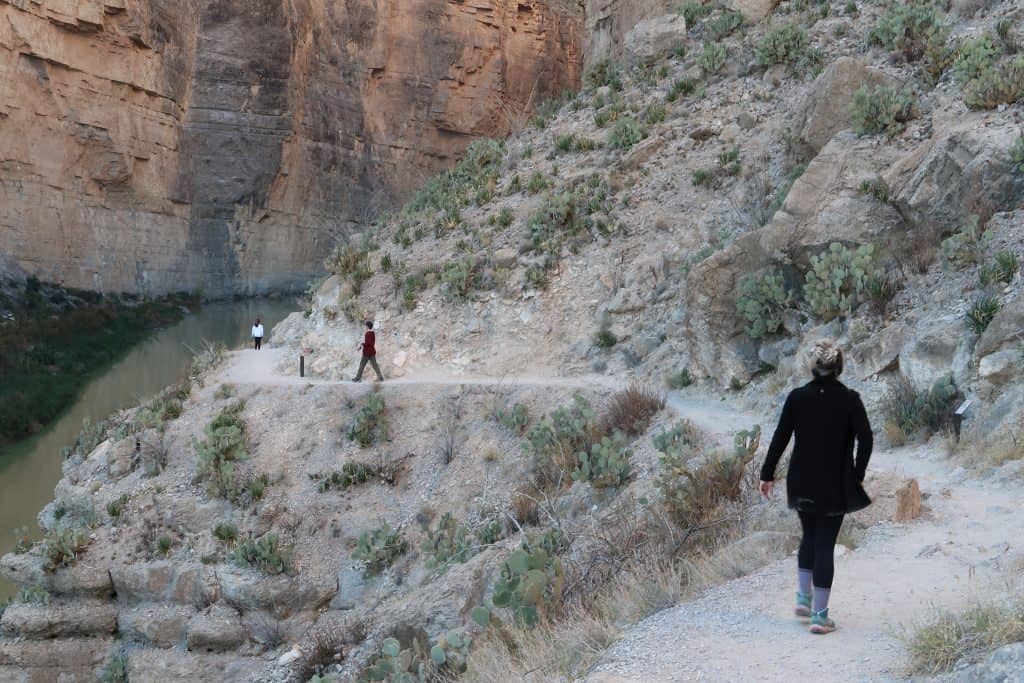
What is the best time of year to visit Big Bend National Park?
Big Bend is a special park any time you are able to experience its majesty. However, if you do have a choice of when to visit, we tend to recommend December. It is usually dry. There is little to no snow. Even the cooler days will feel ten degrees warmer due to the intense, Texas sun.
Evenings will offer perfect campfire weather. Snakes will not be as visible.
The atmosphere will be festive, and you may even catch some sparkly, holiday decorations.
No matter when you visit Big Bend, enjoy the canyons, the mountains, and the histories. Stop in Terlingua to round out the experience. And make sure you are geared up for any of its notorious swings in temperatures and conditions!
